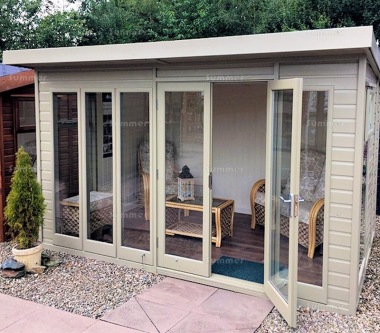All Categories
Featured
Table of Contents
Double Glazed Windows Sydney in Gosnells WA
Laminated glass is frequently used in locations in the house most vulnerable to injury from human impact such as restrooms, doors, around staircases and in locations near to the flooring (it fulfills the requirements of 'security glass' that is mandated for usage in these locations by Australian Standard AS 1288 Glass in buildings).
Toughened glass has actually been 'tempered' by being reheated and rapidly cooled again. This procedure makes it much stronger than basic glass it can withstand higher impact loads prior to breaking. It also makes it more secure since, when it does shatter, it burglarizes many little cubic pieces instead of dangerous fragments.
What Are The Best Double Glazed Windows In Australia? in Upper Swan WA
Toughened glass has no thermal or acoustic advantages over other glass of the exact same toning or thickness. Secondary glazing is where single-glazed windows are retrofitted with a transparent acrylic or glass sheet connected to the inside of the frame or openable sash with a secondary frame or with magnetic strips.


Secondary glazing will not carry out also thermally as a produced IGU, since it is difficult to completely seal the border, but it can supply excellent sound control. Window movies are a thin polymer film containing an absorbing dye or reflective metal layer, with an adhesive backing. They stay with your glazing to alter its colour or make it reflective.
Energy Efficient Windows: Choose The Best Option For Your ... in Kingsley WA
Applied to existing glass, some window films can halve the overall SHGC of the window by soaking up and/or reflecting solar radiation. This can be particularly helpful in hotter climates where cooling is the primary concern, or on east and west elevations straight exposed to extended periods of sunlight. Nevertheless, window movies may also lower noticeable light transmittance.

For this reason, it is generally best to utilize a certified installer of window film. Frames have a substantial effect on the thermal efficiency of doors and windows, because energy can be gained and lost through the frame, in addition to through the glass. Different types of frame will enable different levels of heat gain and loss, so cautious option of frame is essential for reliable passive design.
What Is The Best Glazing For My Home? - Part 2 in Butler WA
Nevertheless, aluminium is likewise an excellent conductor of heat and will reduce the insulating value of a glazing system, unless particularly engineered to lower this. A 'thermally broken' frame is made up of 2 aluminium areas connected by a structural insulator (generally a low-conductivity structural polymer). This 'breaks' the thermal connection through the aluminium and minimizes the heat streaming through the frame.
Timber frames are a good natural insulator that can suit some house designs. Wood frames should be made from species that have naturally high resilience or be dealt with to avoid decay and contortion.
Lifestyle - West Coast Double Glazing in Wilson WA
(weather removing) is set up.
u, PVC windows and doors have exceptional thermal performance Image: Ben Wrigley (Light House Architecture and Science) Composite frames utilize aluminium profiles on the outer sections with either a wood or u, PVC inner area. These combine the low maintenance and resilience of aluminium with much enhanced thermal performance.
Table of Contents
Latest Posts
8 Benefits Of Double Glazing To Take Advantage Of in Greenmount WA
Single Vs Double Vs Triple - Which Window Is Right For Your ... in Hazelmere Western Australia
Twinglaze® Double Glaze Specification Act - Vic in Coogee Perth
More
Latest Posts
8 Benefits Of Double Glazing To Take Advantage Of in Greenmount WA
Single Vs Double Vs Triple - Which Window Is Right For Your ... in Hazelmere Western Australia
Twinglaze® Double Glaze Specification Act - Vic in Coogee Perth